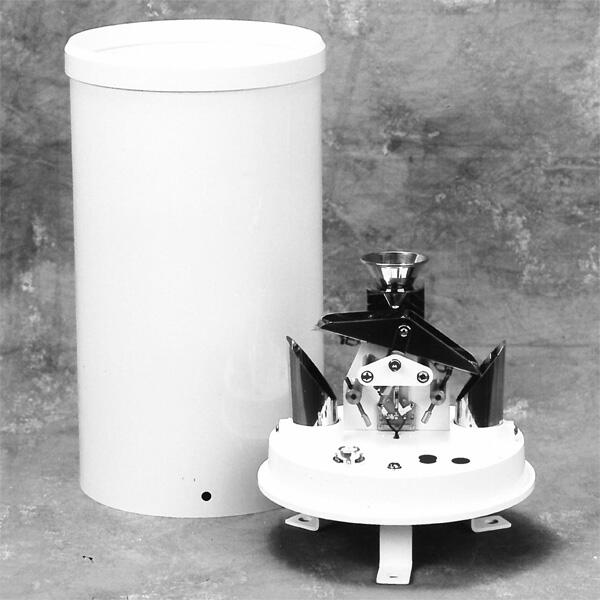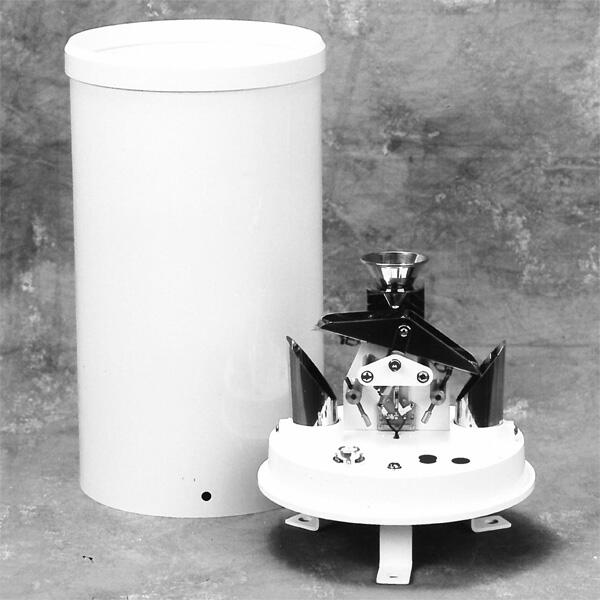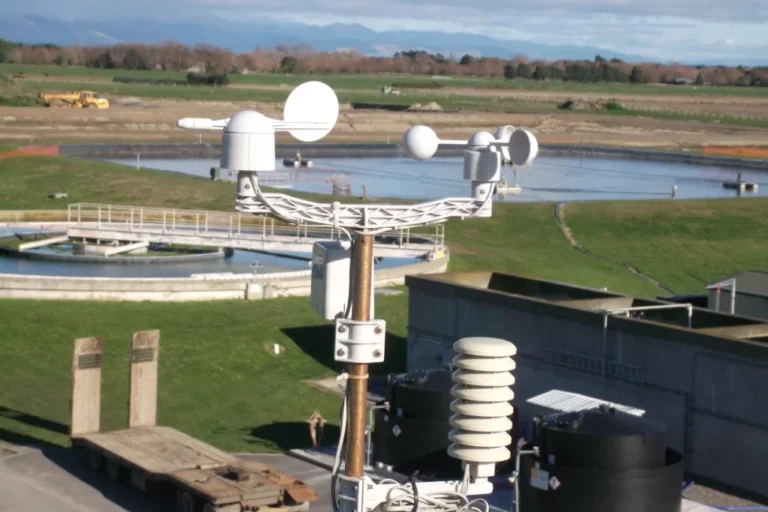Rain Gauge Uses in Weather Monitoring and Water Resource Management

# Rain Gauge Uses in Weather Monitoring and Water Resource Management
Rain gauges are essential tools in meteorology and hydrology, providing critical data for weather monitoring and water resource management. These instruments measure the amount of precipitation over a specific period, offering valuable insights into climate patterns and water availability. Below, we explore the key uses of rain gauges in these fields.
## Weather Monitoring
Rain gauges play a vital role in weather forecasting and climate studies. By collecting precise precipitation data, meteorologists can:
– Predict weather patterns and extreme events such as storms, floods, and droughts.
– Analyze long-term climate trends to understand changes in precipitation levels.
– Improve the accuracy of weather models by incorporating real-time rainfall data.
For example, during hurricane seasons, rain gauges help track rainfall intensity, enabling authorities to issue timely warnings and mitigate potential damage.
## Water Resource Management
In water resource management, rain gauges are indispensable for planning and conservation efforts. They help:
– Monitor water availability in reservoirs, rivers, and groundwater systems.
– Assess the impact of rainfall on agricultural irrigation needs.
– Support flood control measures by providing data on precipitation levels in vulnerable areas.
For instance, in regions prone to drought, rain gauge data informs decisions about water allocation and conservation strategies, ensuring sustainable use of this precious resource.
## Types of Rain Gauges
There are several types of rain gauges, each suited to specific applications:
– Standard Rain Gauges: Simple and reliable, these are commonly used for manual measurements.
– Tipping Bucket Rain Gauges: Ideal for automated weather stations, they provide real-time data.
– Weighing Rain Gauges: These measure precipitation by weight, offering high accuracy for research purposes.
Choosing the right type of rain gauge depends on the intended use, whether for daily weather reports or advanced hydrological studies.
## Conclusion
Rain gauges are indispensable tools for understanding and managing precipitation. Their applications in weather monitoring and water resource management ensure that we can predict, plan, and respond effectively to environmental challenges. By leveraging accurate rainfall data, we can safeguard communities, support agriculture, and promote sustainable water use for future generations.
Keyword: rain gauge uses

